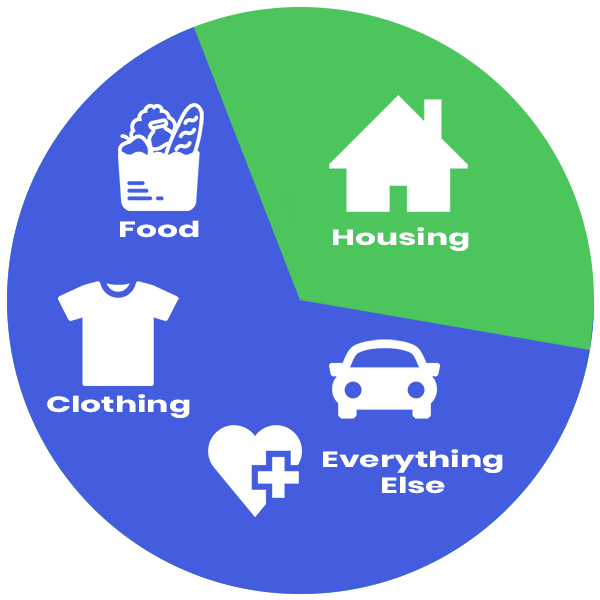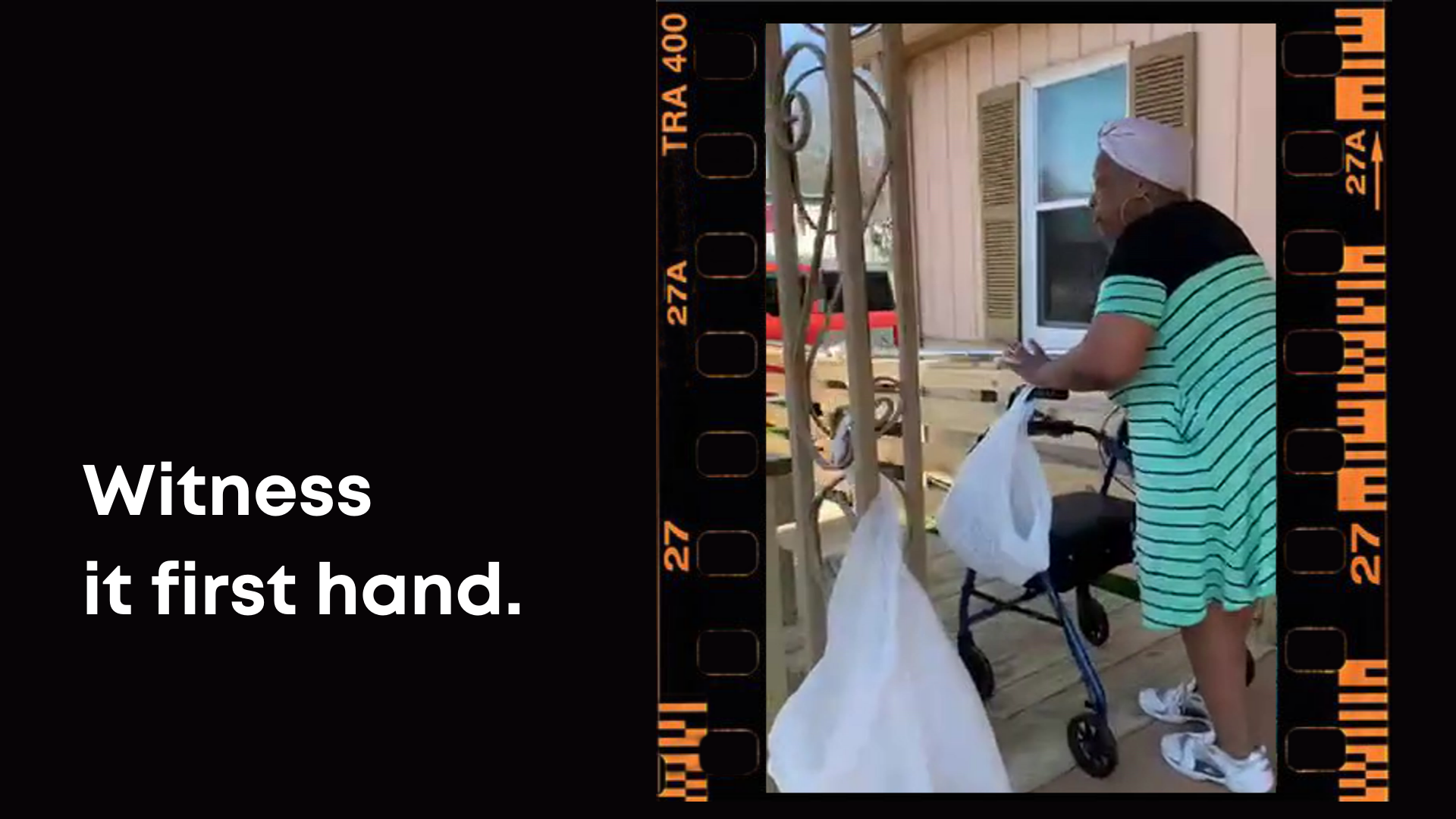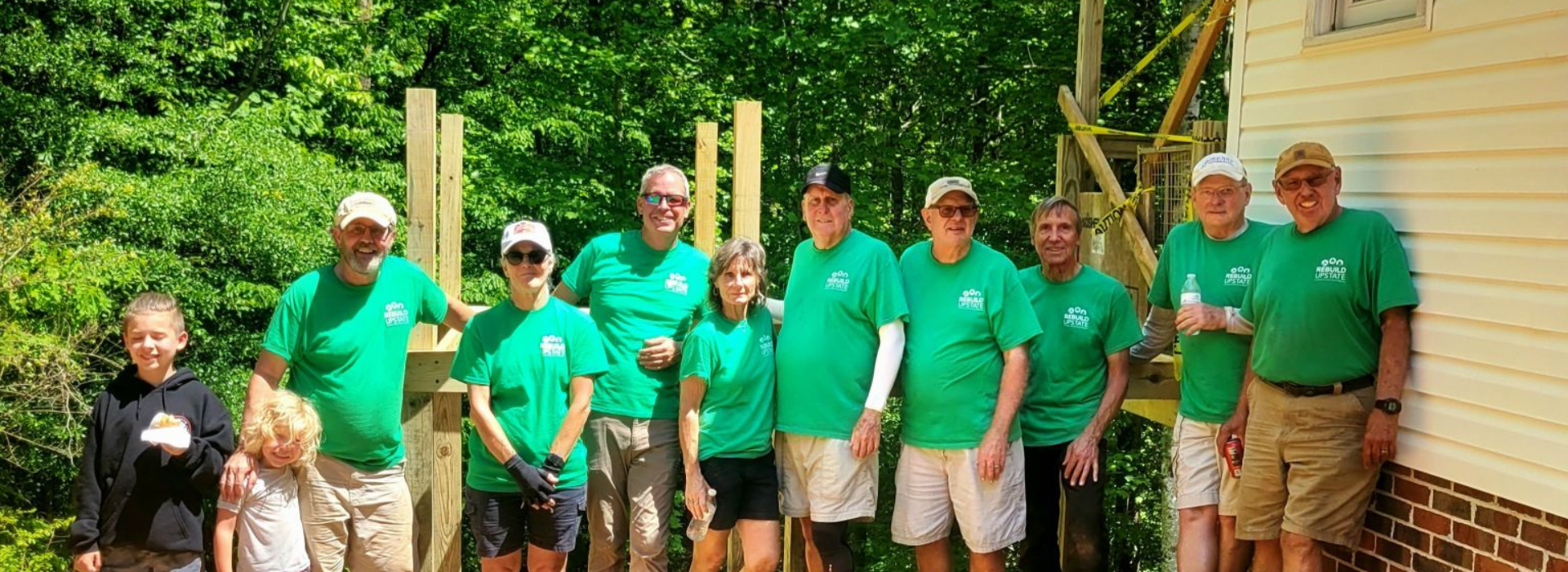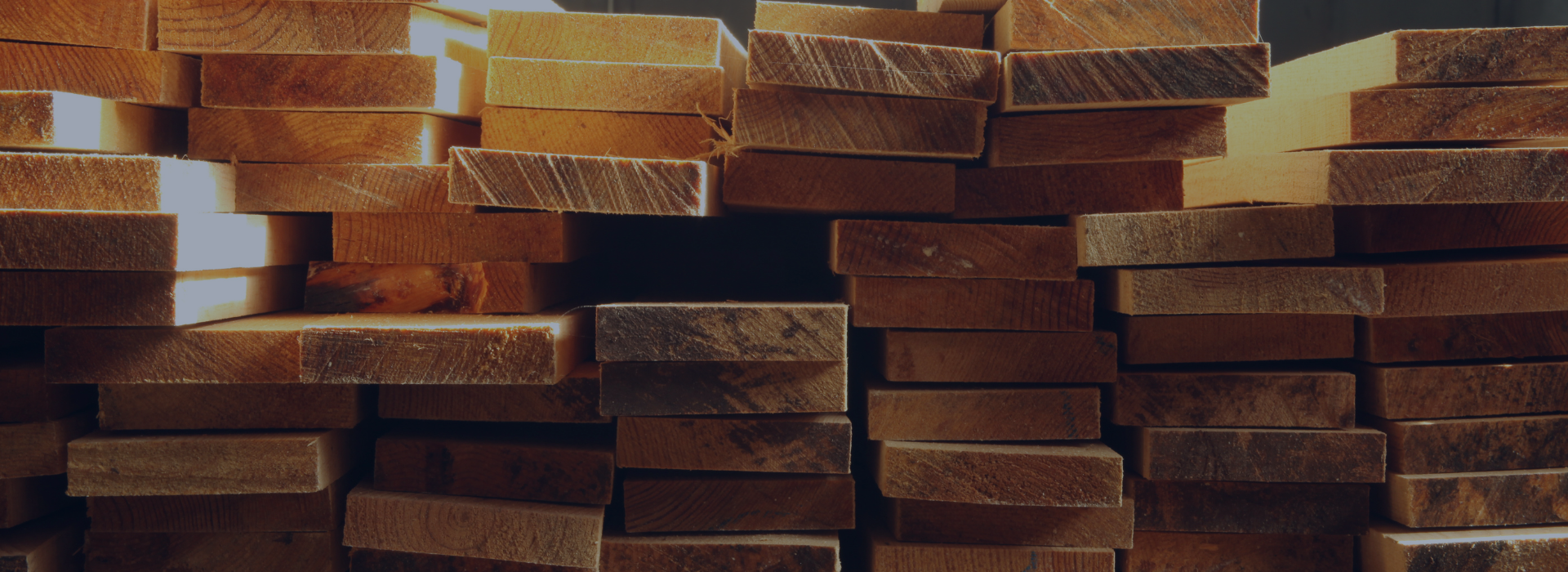The Affordable Housing Shortage
One of the Most Complex Issues in Our Community
In today’s social and political climate, “affordable housing” is quite the topic of conversation. The term refers to housing—rental or owner occupied—that costs the resident less than 30% of their gross monthly income, including rent, mortgage, home maintenance, and repairs.
The populations that bear the brunt of the affordable housing shortage are, not shockingly, some of the most traditionally underserved. Senior citizens. People with disabilities. Low-income families. People experiencing a sudden hardship. These are our neighbors. Our teachers. Our parents and grandparents. They need our help.

